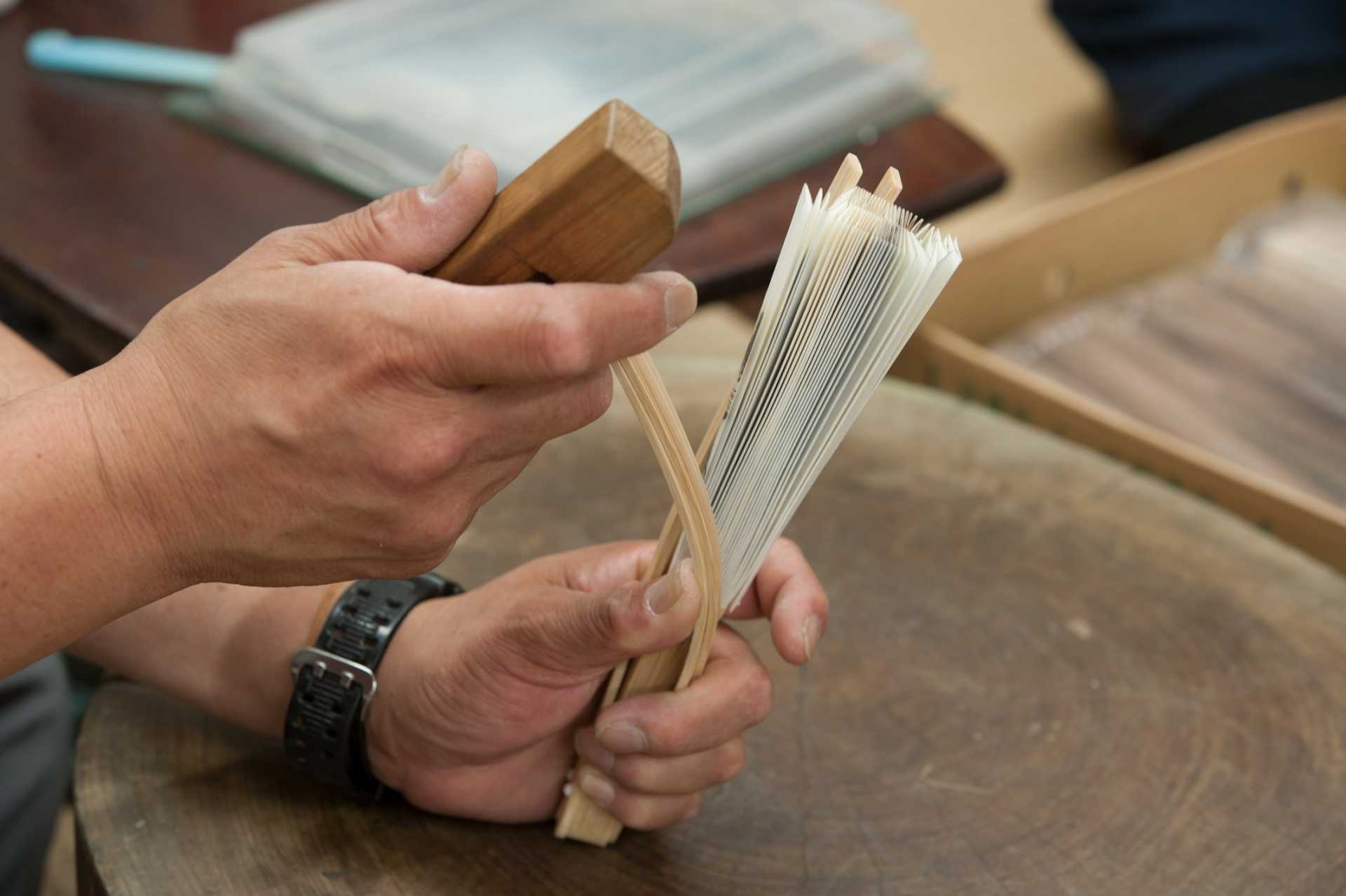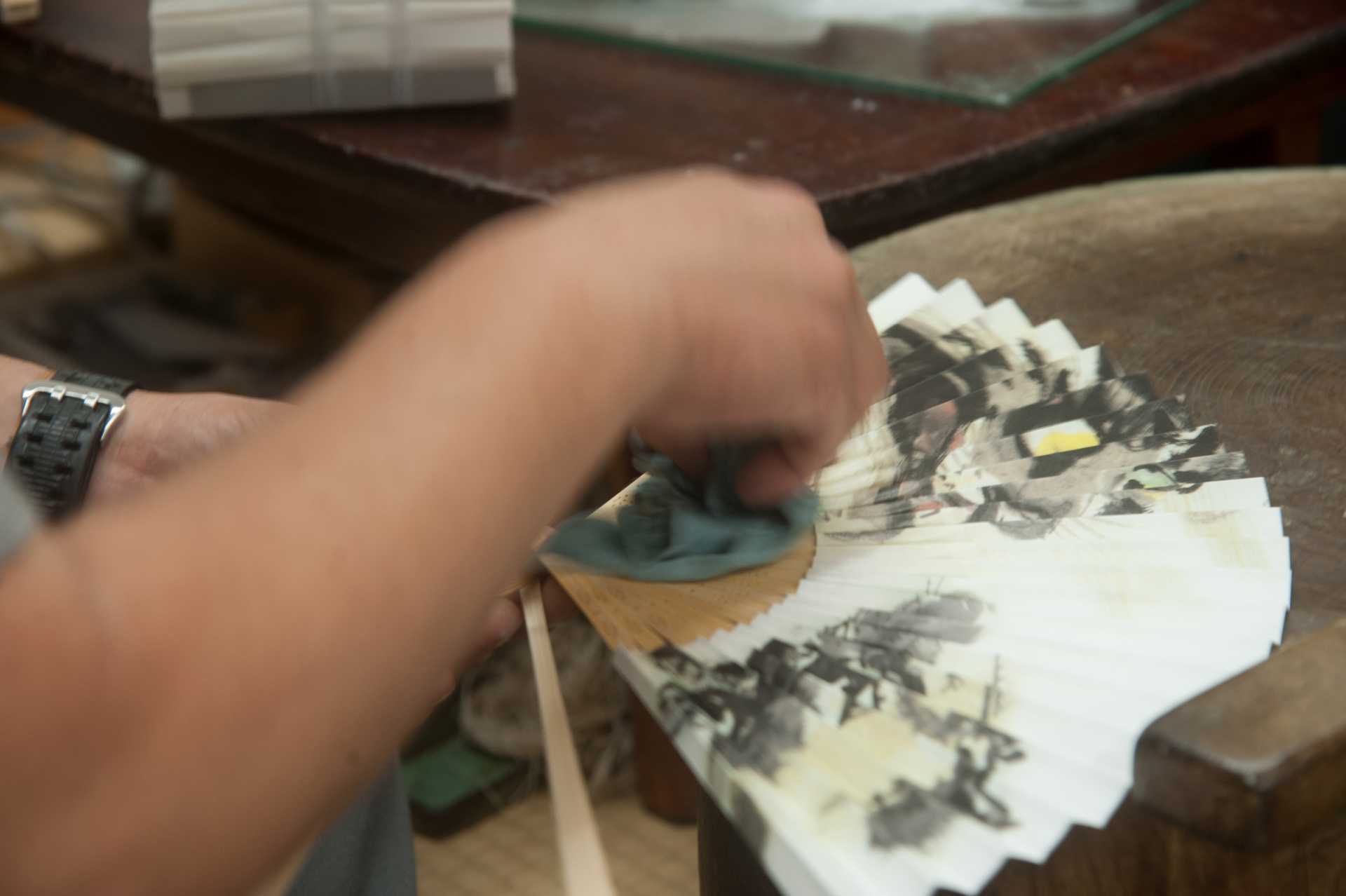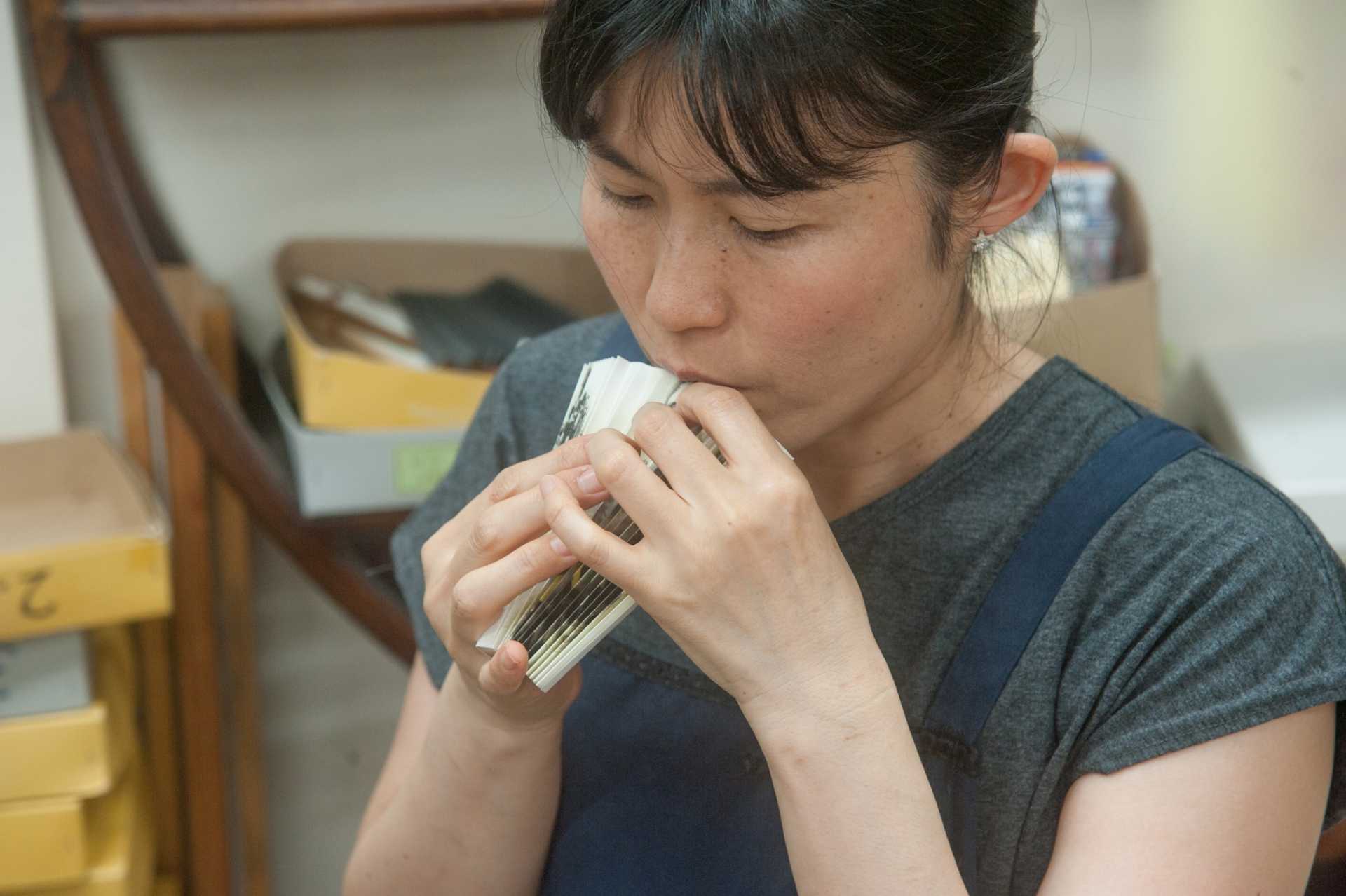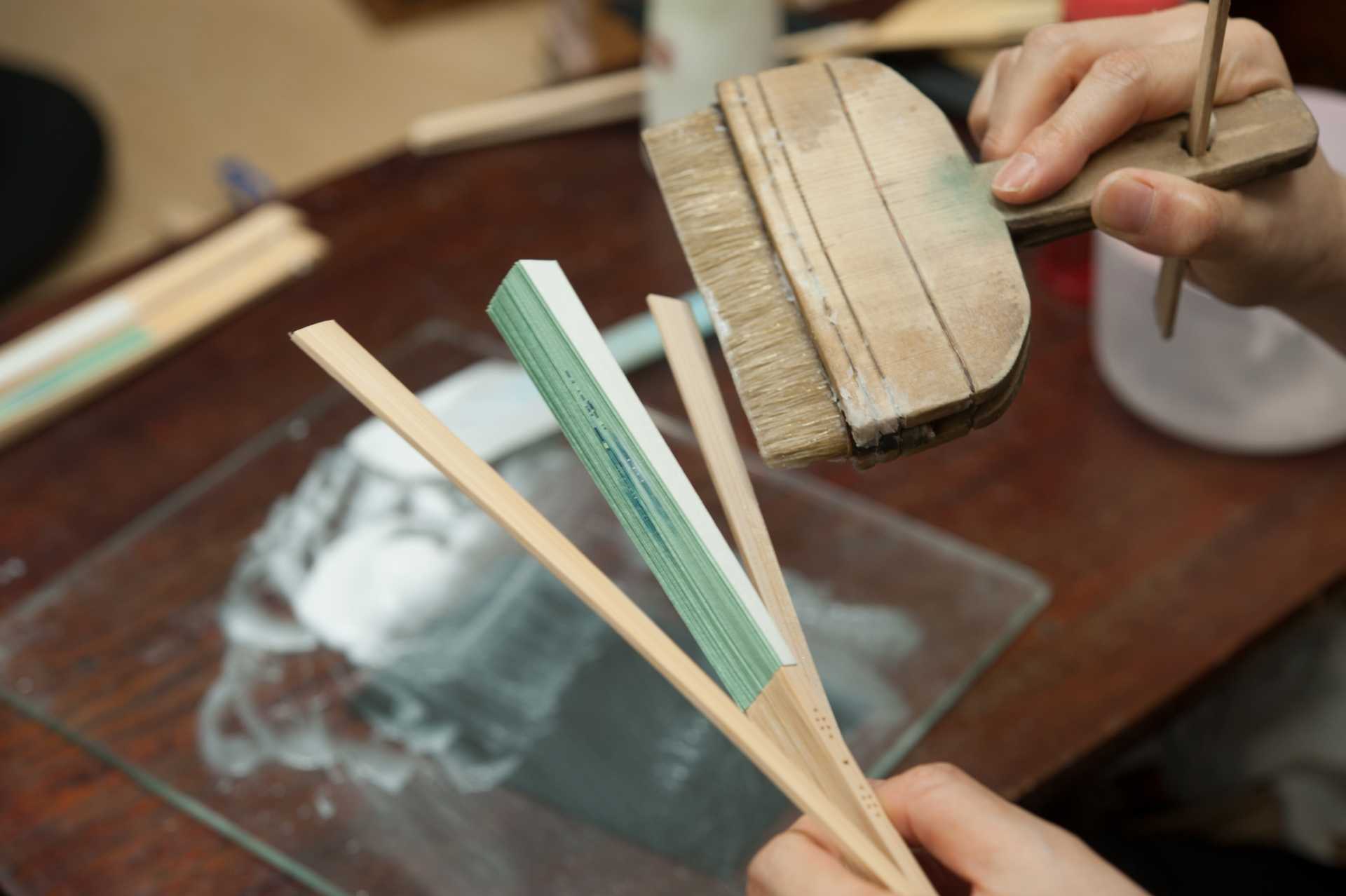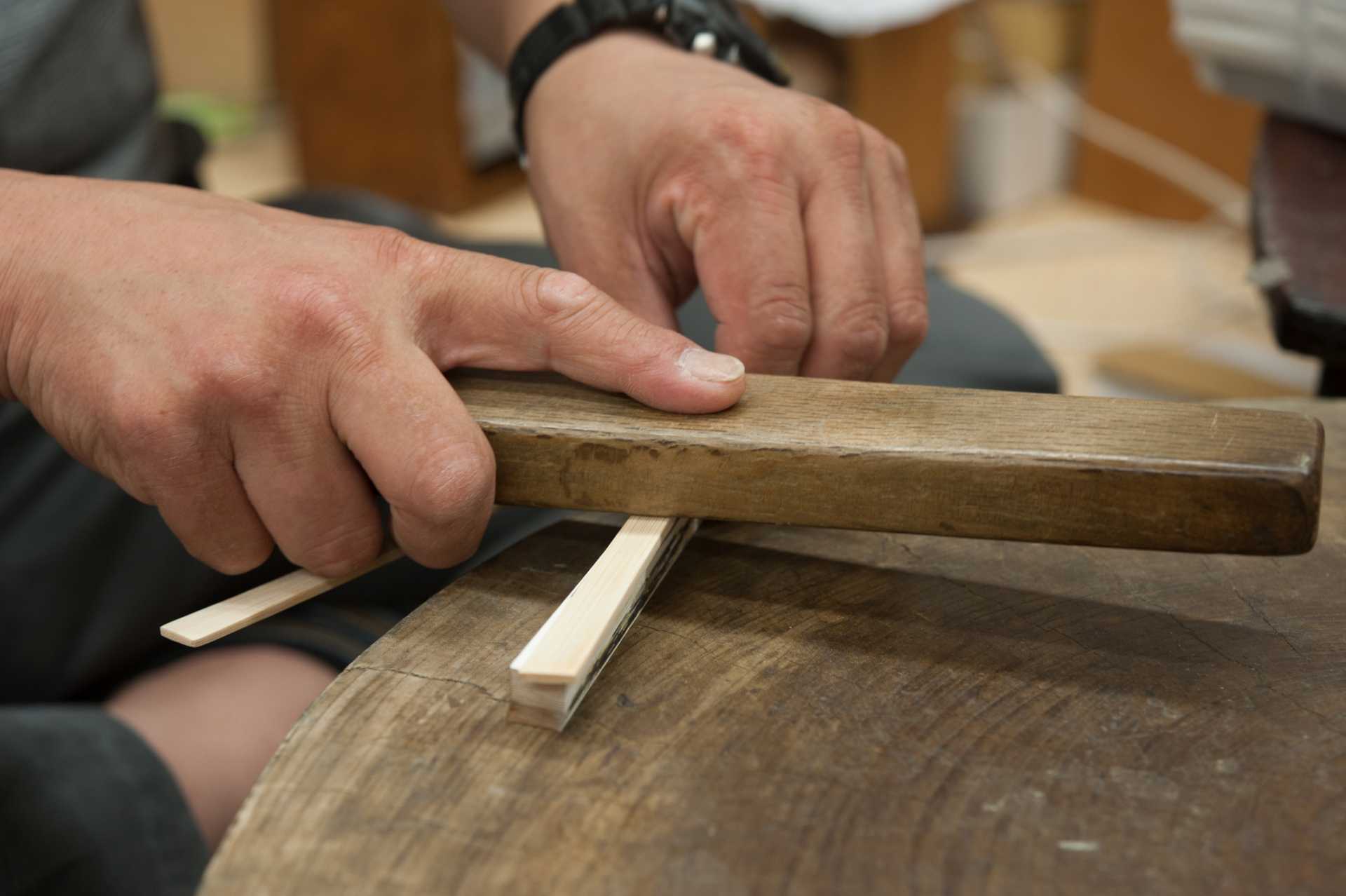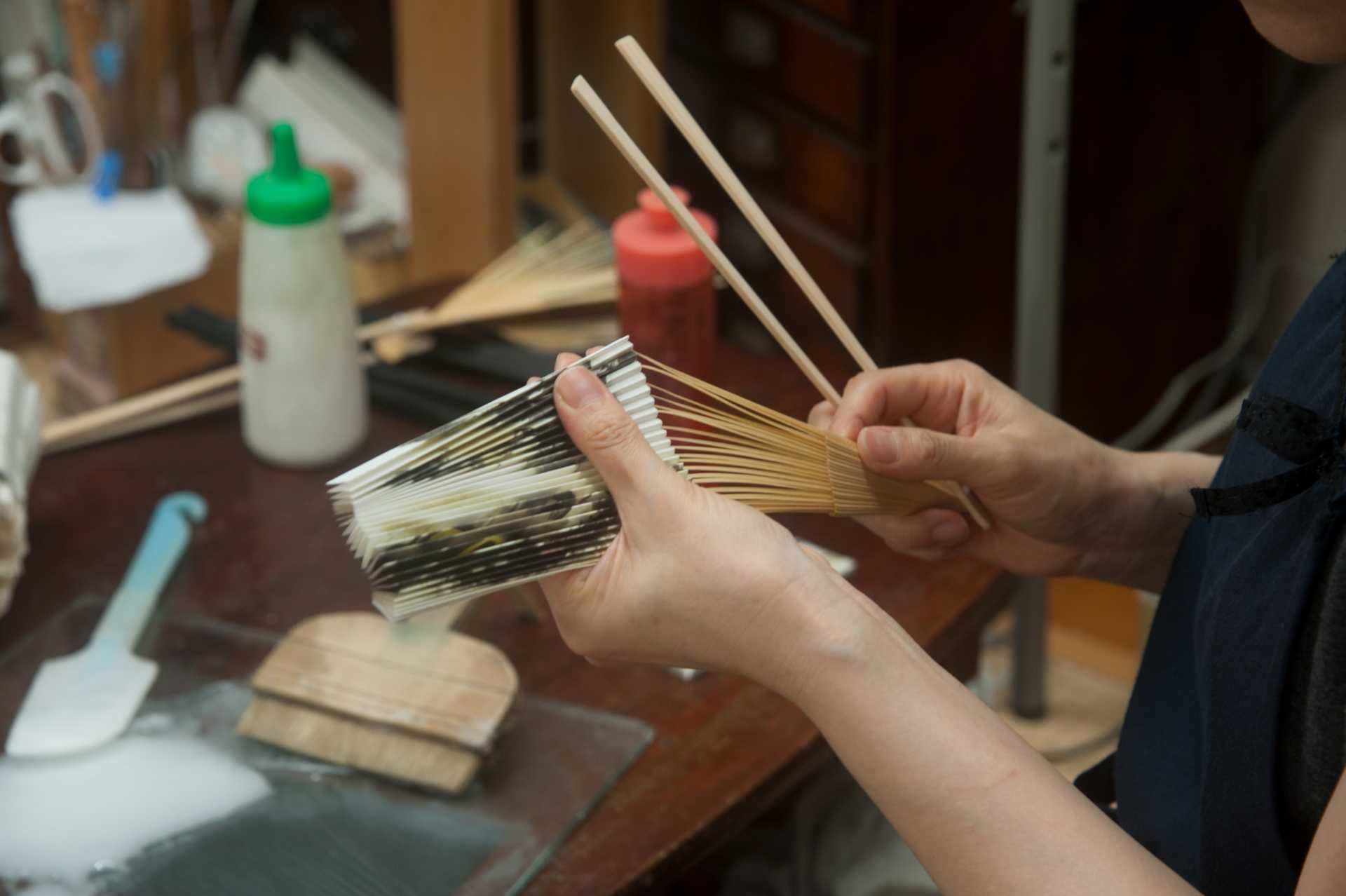NAGOYA SENSU (Folding Fan)
The Nagoya sensu is said to have originated in the mid-18th century when the Inoue Kanzo family moved from Kyoto and father and son set up shop in what is present-day Habashita in Nishi-ku, Nagoya (near Nagoya Castle).
While Kyoto fan makers specialize in high-quality fans for women, dance, and ornamentation, Nagoya manufacturers focus on formal fans and 25-rib and 35-rib fans for men.
Most early folding fans were produced in the Tang Dynasty style, and the Nagoya sensu, with both sides of the fan paper coated with persimmon tannin, gradually developed over time. Nagoya sensu became popular in the Taisho era (1912-1926) and were typically given as mid-year gifts and on other special occasions. During the Meiji era (1868–1912), Japan began to export folding fans to China and the Korean peninsula, and annual sensu production rose to more than 10 million.
Although exports to such European countries, as well as the U.S. and Australia, increased after World War II, they later declined as fluctuations in the economic environment were brought about by the revaluation of the Japanese yen.
In Japan, changes in lifestyle and the increasingly common air conditioner undermined summer demand for fans for a certain period. However, a resurge in appreciation for Japanese culture among all demographics including younger consumers has once again boosted demand for sensu for gifts, celebrations, events, commemorative items, and traditional dances.
Celebratory sensu include fans made to commemorate births and Shichigosan ceremonies for three, five, and seven-year-olds, as well as white, silver and gold fans for weddings. Fans for mourning, fans printed with the Heart Sutra, tea ceremony fans, and fans especially for the elderly are all part of Japanese life.
The same traditional process is used today as when sensu were originally produced by cottage industries, with handcrafting at each step, from making the fan ribs and paper, to the folding and finishing stages. This is a labor-intensive process. Artisans with sufficient skills are aging and fewer in numbers today, leaving the area faced with the difficulties of maintaining and preserving traditional skills and techniques.
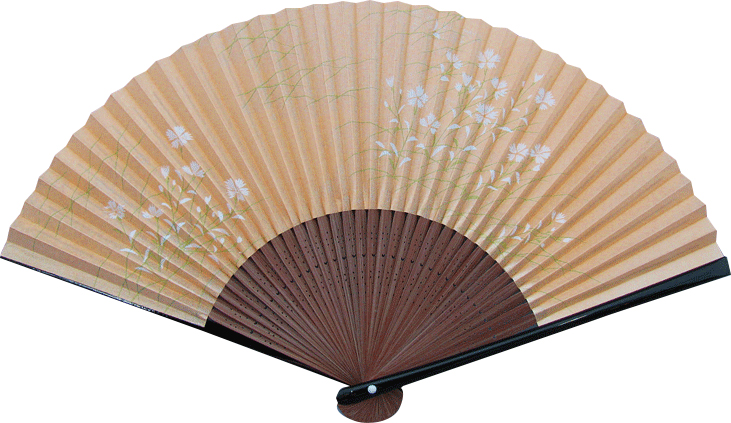
なでしこ扇子 塗親 女性用 (婦人用)
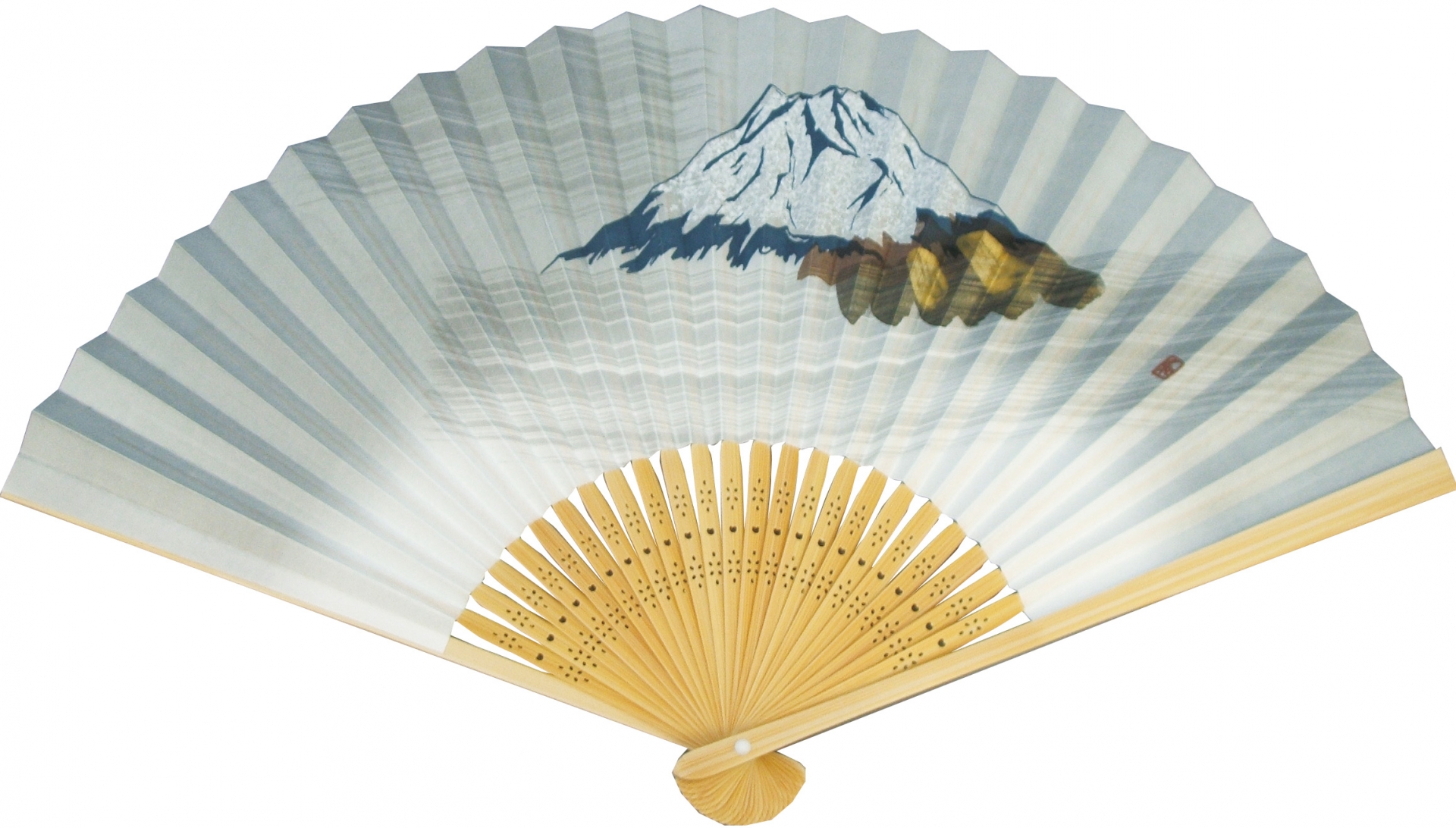
紳士用扇子 富士山
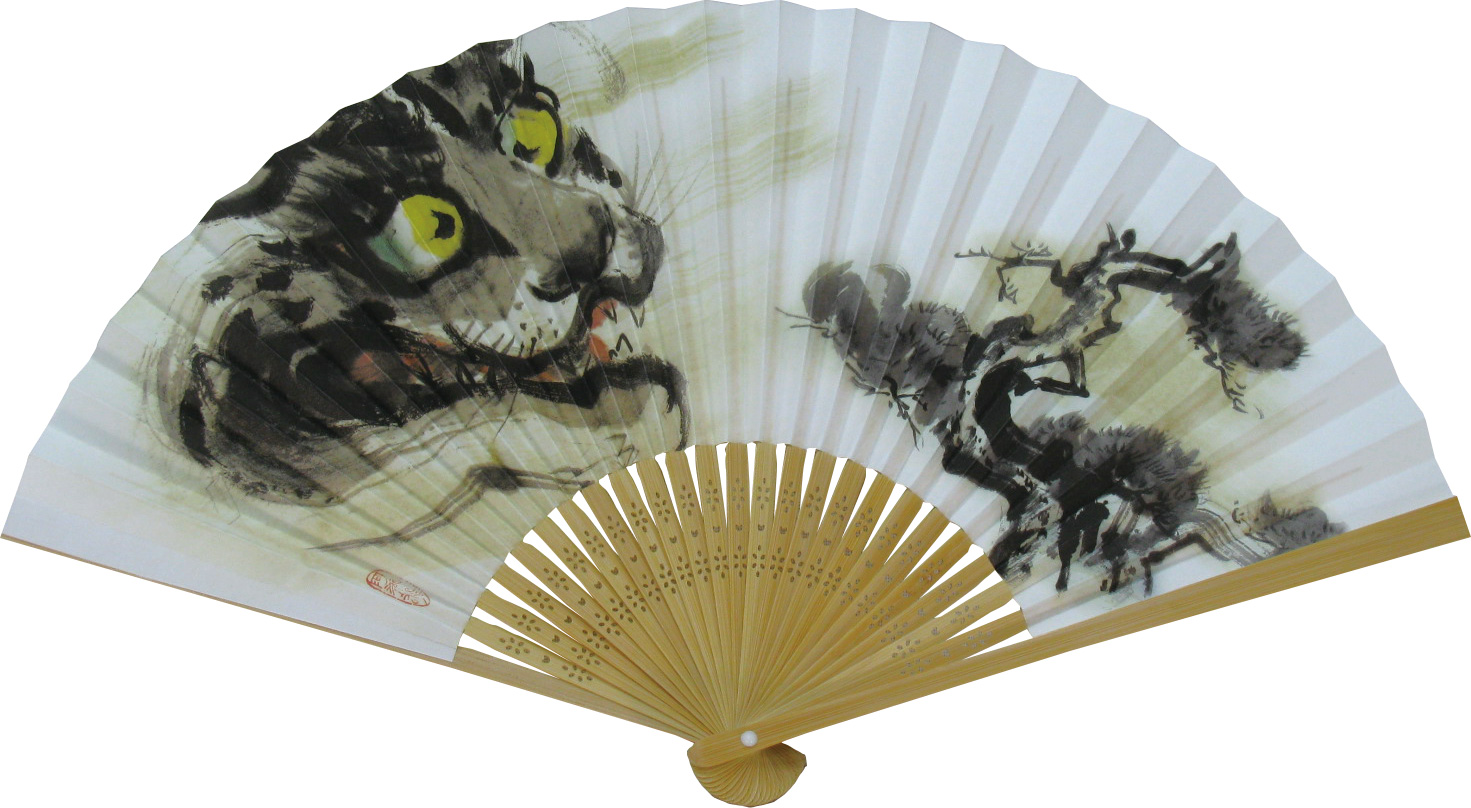
名古屋城本丸御殿扇子 虎
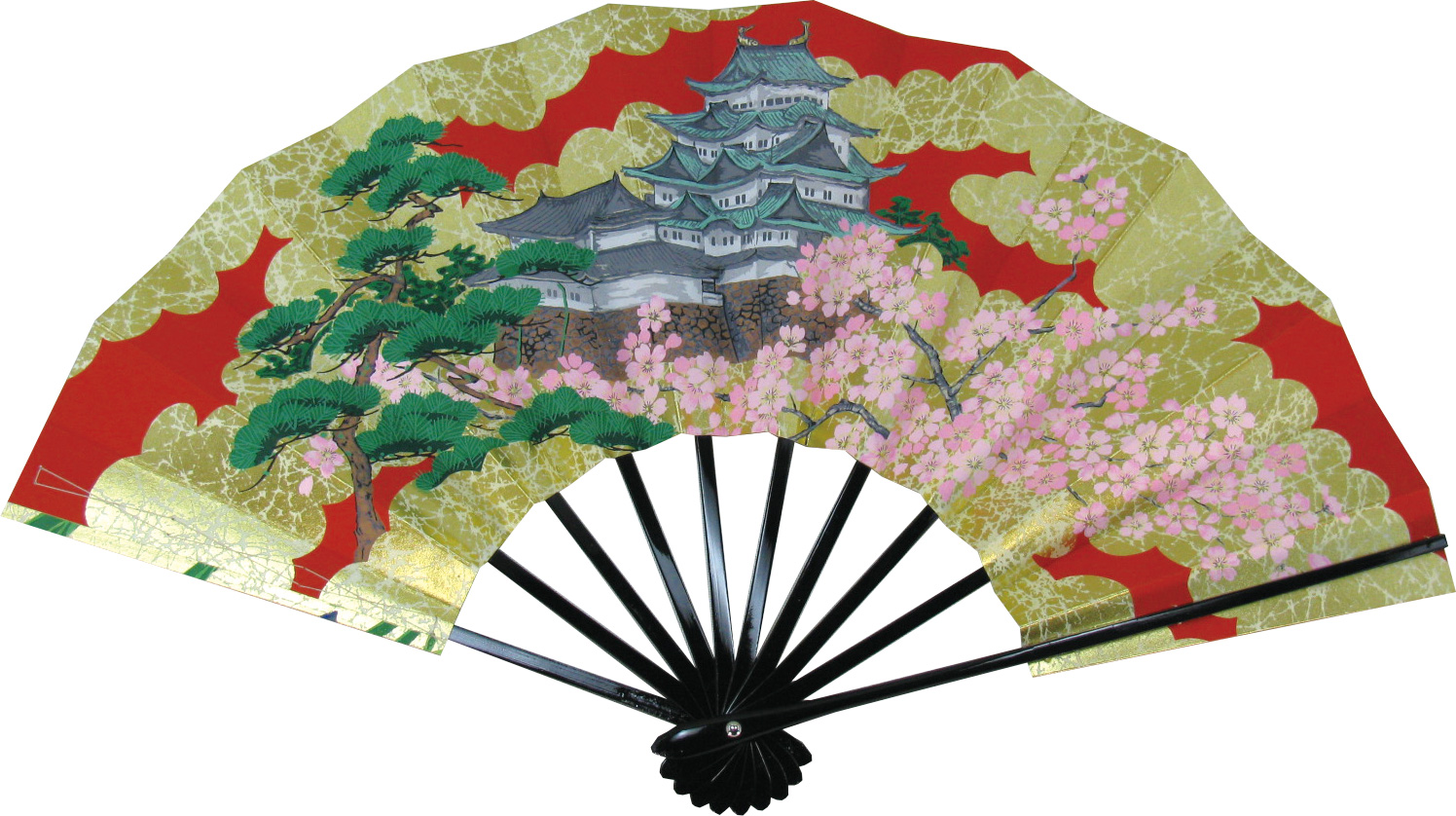
飾扇 名古屋城/カキツバタ(9.5寸)
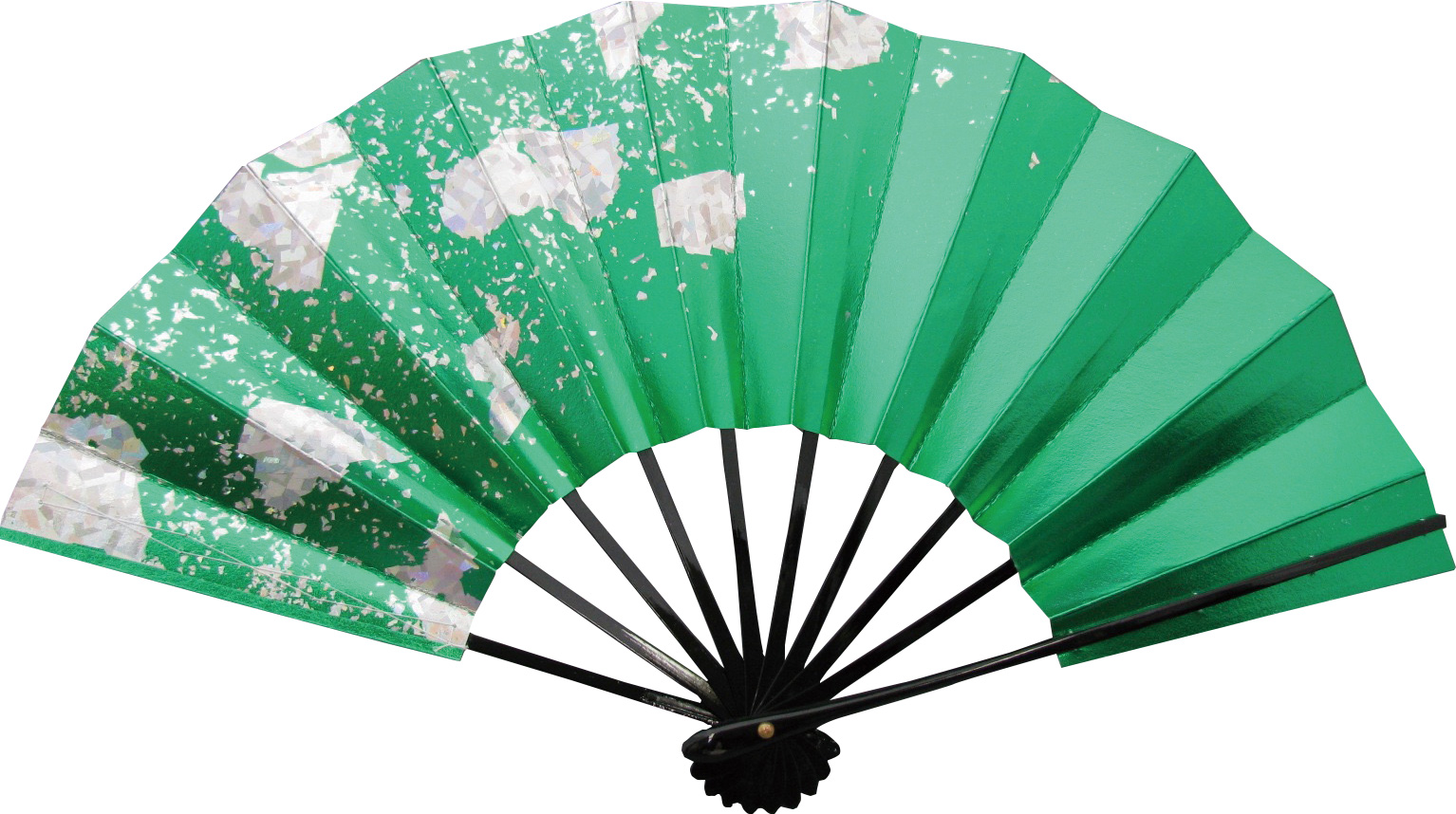
舞扇子 ホログラム箔散らし
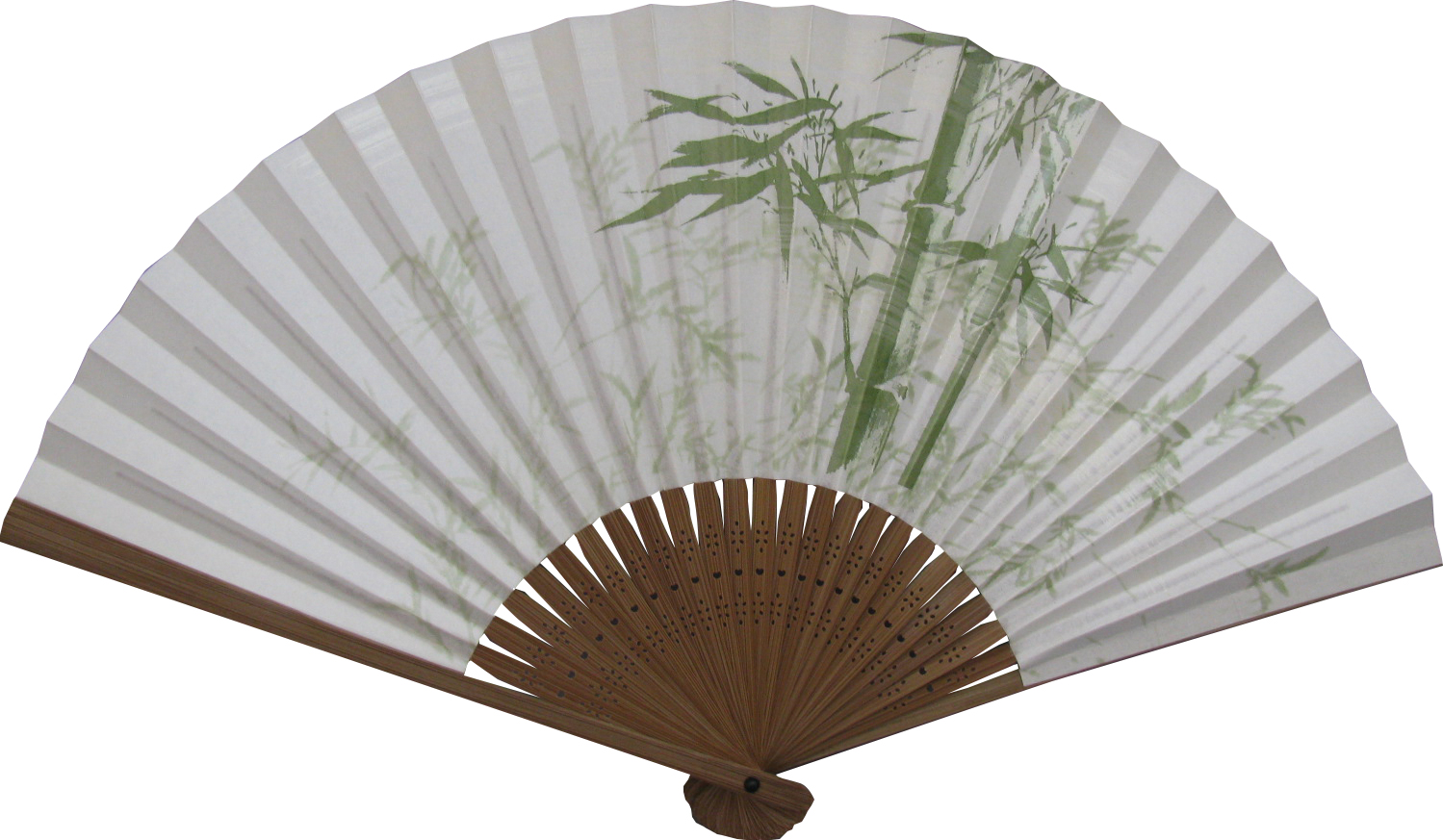
左きき用 扇子 唐木 緑笹竹
Sensu Craftsmanship
Suehirodo sensu are handcrafted by skilled artisans working at every stage of production.
Each process is divided into highly specialized tasks, and some of our artisans have 60 years of experience.
Sensu are the culmination of expert skills and fine handcrafting of a number of artisans.
Bamboo
Rough cut

Strip split bamboo
(Outer layer stripped away and split bamboo cut into thin strips)

Sharpen(Fan ribs formed)

Air(Dried in sun)

Polish and paint

Straighten

Final cut
(Fan ribs to be inserted between sheets of paper are thinned)

Mount pivot
Paper
Align, dry, cut

Foil stamp, sketch, print

Fold, insert ribs, fine cutting

Mount pivot, apply force, check folds

Finished!
